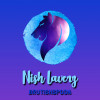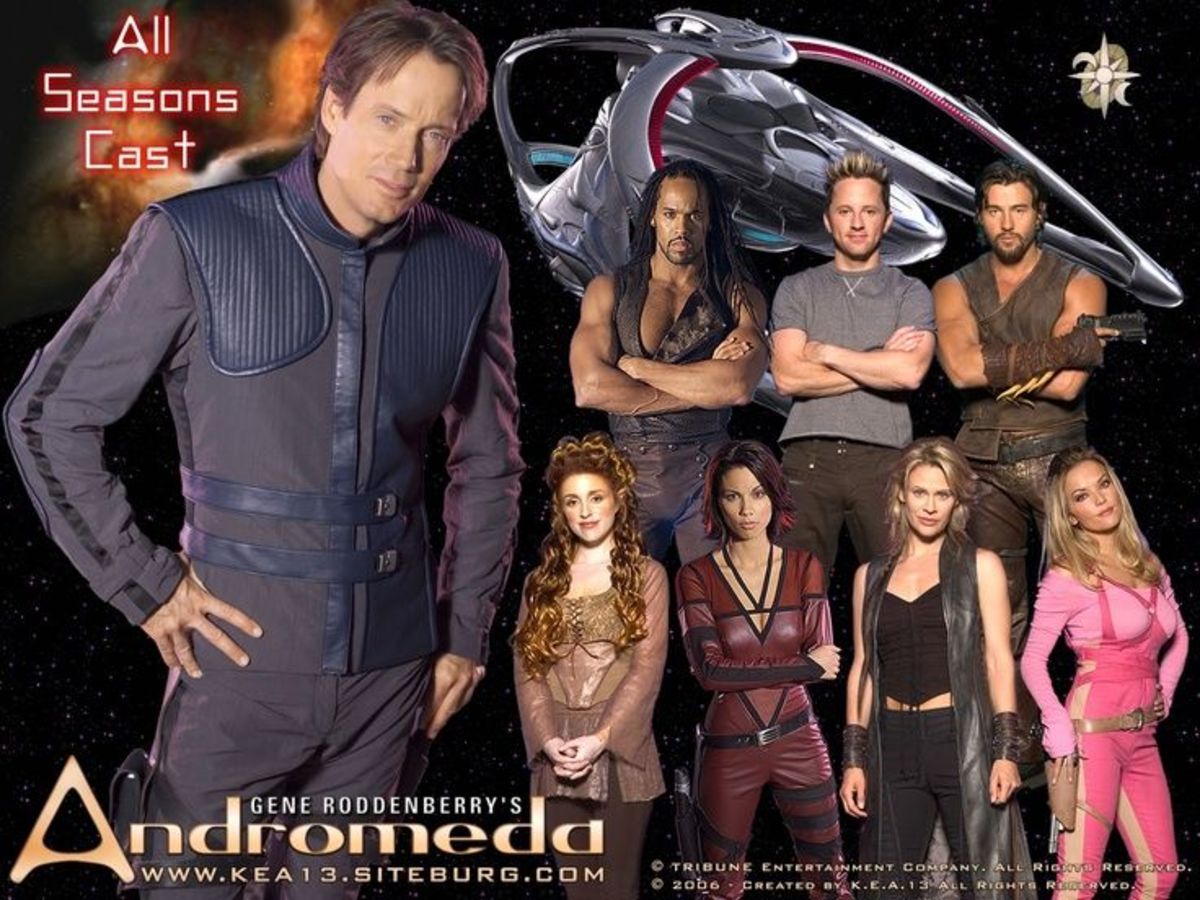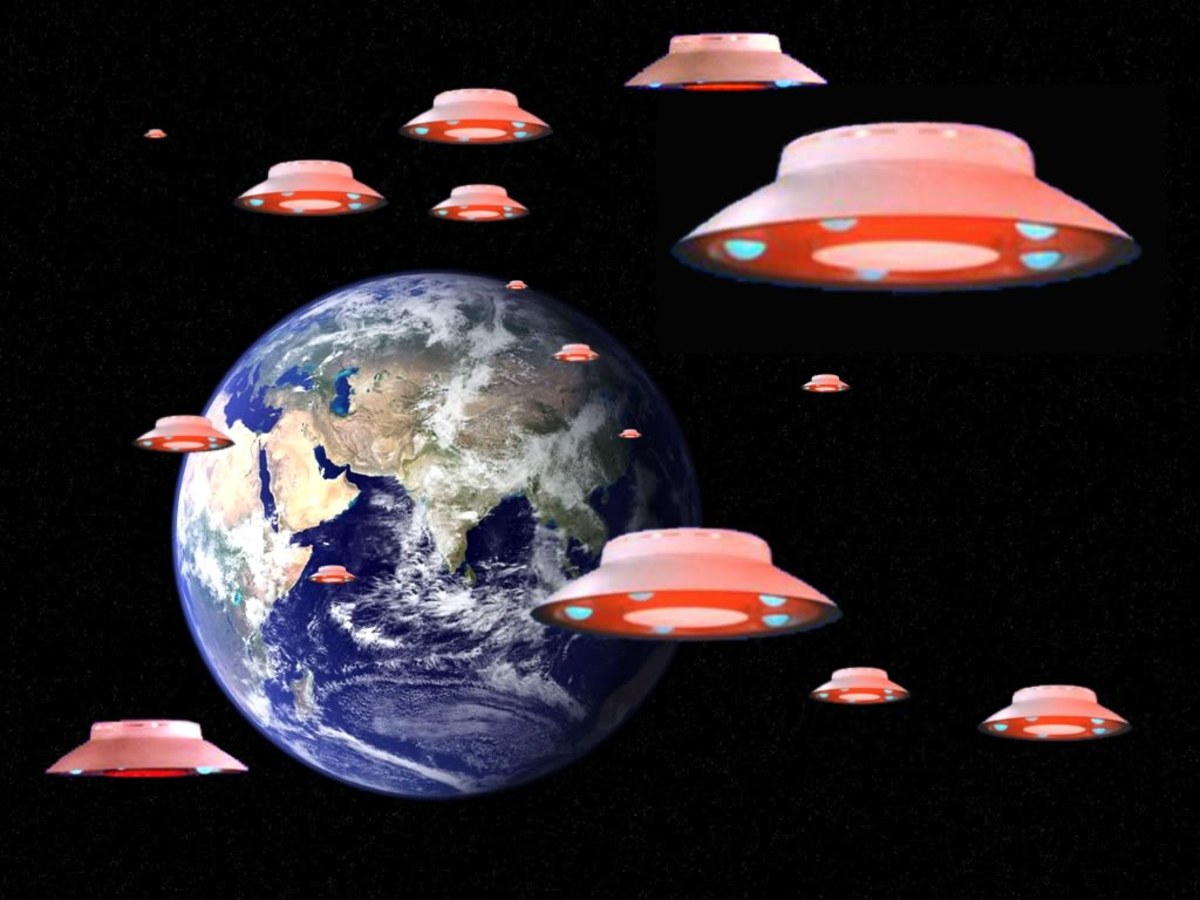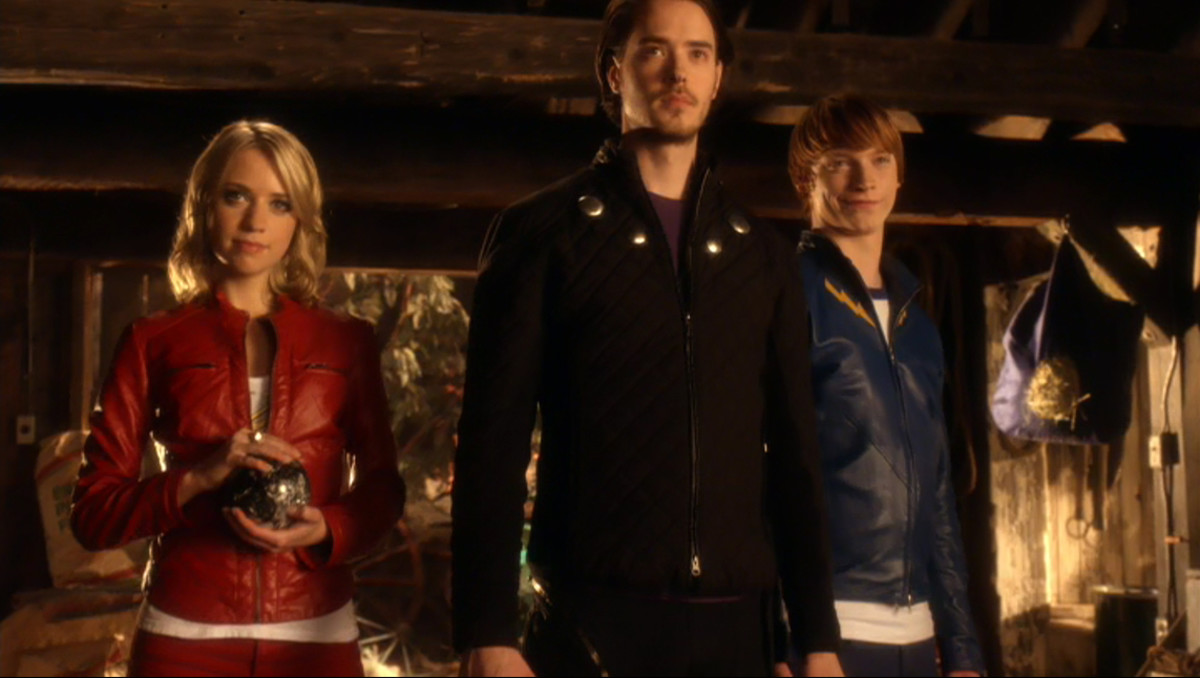Star Trek: A History of one of the Best SF Shows of all time
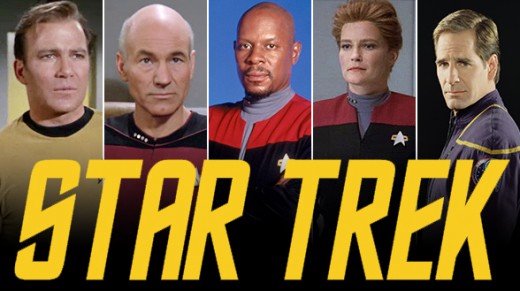
Concept And Early Years
In 1964 Gene Roddenberry approached Desilu Studios with an idea for a Science Fiction TV Series. However NBC rejected the original pilot for being "too intellectual," and "too slow". However there are many who believe that it was due to their being a woman in a position of power on the ship. Also the fact she was an unknown who Roddenberry was romantically involved with. Star Trek was given a second chance and a new pilot was commissioned. This was accepted and the series started filming. The First full Episode aired on the 8th September 1966.
The Pilots
The Cage (First Pilot)
The USS Enterprise Captained by Christopher Pike receives a distress signal from the fourth planet in the Talos star system.
Where No Man Has Gone Before (Second Pilot)
The USS Enterprise this time Captained by James T. Kirk come across a damaged ship's recorder. Investigating they find it belonged to the SS Valiant that had vanished around 200 years before.
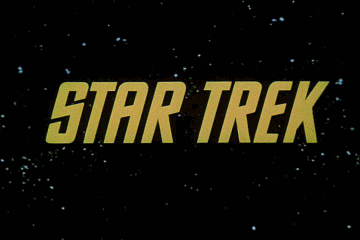
The Original Series (TOS)
The First Episode aired on September 8th 1966 and received mixed reviews and with its audience share was lucky to make it through its first season. It did however and was commissioned for a further 2 seasons. Although CBS commissioned 2 more seasons the show was placed in time slots that seemingly would be its downfall. Even members of the cast believe CBS tried to kill off the show.
The Cast
Although two actors from the first Pilot where present in the show cast only one of those reprised their role. These were Leonard Nimoy who reprised the role of Spock and Majel Barrett who had played the role of Number One in The Cage played Nurse Chapel in the series. Majel also went on to play other parts in later series and was Married to series Creator Gene Roddenberry. Jeffrey Hunter had been asked to reprise his role as Captain Pike but opted instead to pursue other projects. This left the way open for a new captain and William Shatner took on the role of Captain James T. Kirk who had been given control of the Enterprise after Pike.
The Episodes
Each episode was designed to deal with moral issues of the 60's while being full of suspense and intrigue to keep the audience hooked.
The Animated Series (TAS)
In 1973 the cast reunited to voice this animated version of the show. It was the last time the cast got together as a whole for a TV series. It was the first series of the Star Trek franchise to win an Emmy Award.
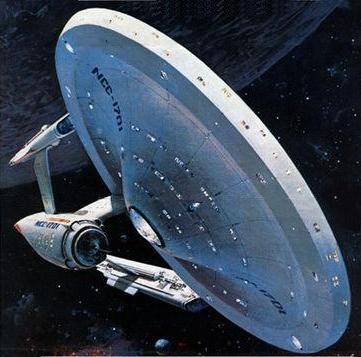
Star Trek Phase II
Phase II was a planned reboot for the Star Trek series that was set to air on Paramount Television Service in 1978, nearly 10 years after TOS was canceled. Most of the cast had agreed to return. The only one not was Leonard Nimoy. However the channel folded before any episodes were shot. There were about 13 scrips ready and sets made at this point.
The Pilots script "In Thy Image" was adapted to be turned into a feature film.
Star Trek: The Motion Picture
In 1979 Star Trek: The Motion Picture was released. Based on what was to be Phase II's Pilot Episode it brought back the original crew as well as some new faces.
Star Trek II: The Wrath of Khan
In 1982 the cast reunited again for a second film. Gene Roddenberry did not play a part in the Movies production. This was due to Paramounts belief that he was the reason that the first movie received a lackluster critical and commercial response.
The plot brought back a familiar enemy from the series, Khan Noonien Singh. It also has Spock killed off.
Star Trek III: The Search for Spock
1984 saw the release of the third movie in the franchise. It was directed by Leonard Nimoy, the first cast member to be given the honor. It continued the storyline from the second film and concentrated on the crew finding and bringing Spock back to life.
Star Trek IV: The Voyage Home
1986 saw the release of the 4th movie. It was again directed by Nimoy.
This movie ties up the storyline from the previous two movies and has the crew coming home. Once there they find Earth in danger and head back in time to save it.
They dedicated it to the crew of Space Shuttle Challenger who lost their lives on January 28, 1986.
The Next Generation
A year after the 4th movie Star Trek was back on out TV screens. This time their was a new crew and a new more modern Enterprise. Set about 70 years after Kirks final missions the new Enterprise now Captained by Jean-Luc Picard set off on their own mission to "Boldly Go Where No Man Has Gone Before" or Android for that matter.
Although it was full of new characters there were some similarities. Data, an android was at times a little like Spock. He was actually a re-hashed character from Phase II where he would have been a Human-Vulcan character like Spock looking to find out more about being human. It was not just characters from Phase II that ware rehashed but full scripts as well. Some old sets were also reused.
Majel Barrett left her role as Christine Chapel behind to take on the role of the Betazoid Ambassador Lwaxana Troi who was also mother to Deanna Troi the ships councilor. She also voiced the ships computer. Other TOS cast members would reprise their roles in cameo and guest appearances throughout the show. Nimoy being the main one as Spock was now a Vulcan Ambassador.
Star Trek V: The Final Frontier
October 1988 saw the start of filming for the 5th Movie. This movie would again involve the TOS cast and this time it would be the turn of William Shatner to Direct. It was released in 1989 to mixed and mainly poor reviews. It's producer is Quoted as saying " it nearly killed the franchise".
Star Trek VI: The Undiscovered Country
In 1991 another Movie involving the TOS cast was released. Gene Roddenberry would not make it to the premier, dying two months before its release and just days after viewing it himself. This would be the final time the TOS cast would all be together filming Star Trek.
It was the first and only Star Trek Film to receive the Saturn Award for Best Science Fiction Film.
Deep Space Nine (DS9)
1993 saw the start of a new Star Trek Series. This one would break from the norm and revolve around life on a Space Station that once belonged to the Cardassians. Although it did not air until 93 the idea was conceived in 1991 shortly before Roddenberry's death. Its very first episode was a crossover with TNG.
Although it was primarily set in a space station the use of a wormhole nearby allowed stories to explore and "Boldly go where no man had gone before" into a new part of the Milky Way.
Star Trek Generations
In 1994 just after TNG finished it was the turn of the TNG cast to star in a movie. This movie would act as a crossover between TOS and TNG and featured Kirk, Scotty and Chekov.
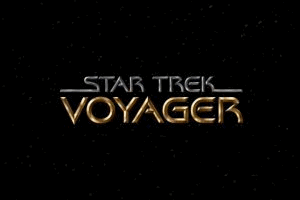
Star Trek: Voyager (STV)
In 1993 when DS9 first hit our screens a new ship based show began to be developed. This would be a replacement for TNG which finished in 1994.
Voyager would see a Woman captain showcased in a full series for the first time. A far cry from the days of the Cage when some thought it inappropriate for a woman to be second in command. The shows back story was laid out in TNG and DS9 and its first episode was a DS9-STV crossover.
STV was the first show to use only CGI for space shots but it utilized old TNG sets as well. Both of these were to save money on production.
STV would also mark the second time Paramount had planned to launch a new TV network using Star Trek as a catalyst. This time however it worked and UPN and STV both became a reality.
The show would see the bringing together of two enemy crews and deal with how they bonded and coped while stranded a long way from home. In the final episodes they finally find a way back to the Alpha Quadrant.
Star Trek: Enterprise
In May 2000 it was announced that there was to be a fifth live action series to be created. This series would air after Voyager ended its final series in 2001. Little information was released at first and the new show had no title. It was is May 2001 a year after the original announcement that the name of the show as announced. The name given at that point was simply Enterprise.
The new show was to start airing in September 2001 and it took the franchise back to the early history of the Star Trek Universe and to a point 90 years after the events of first contact. It was set on the first Enterprise which was a prototype warp 5 ship that was capable of intersteller travel.
